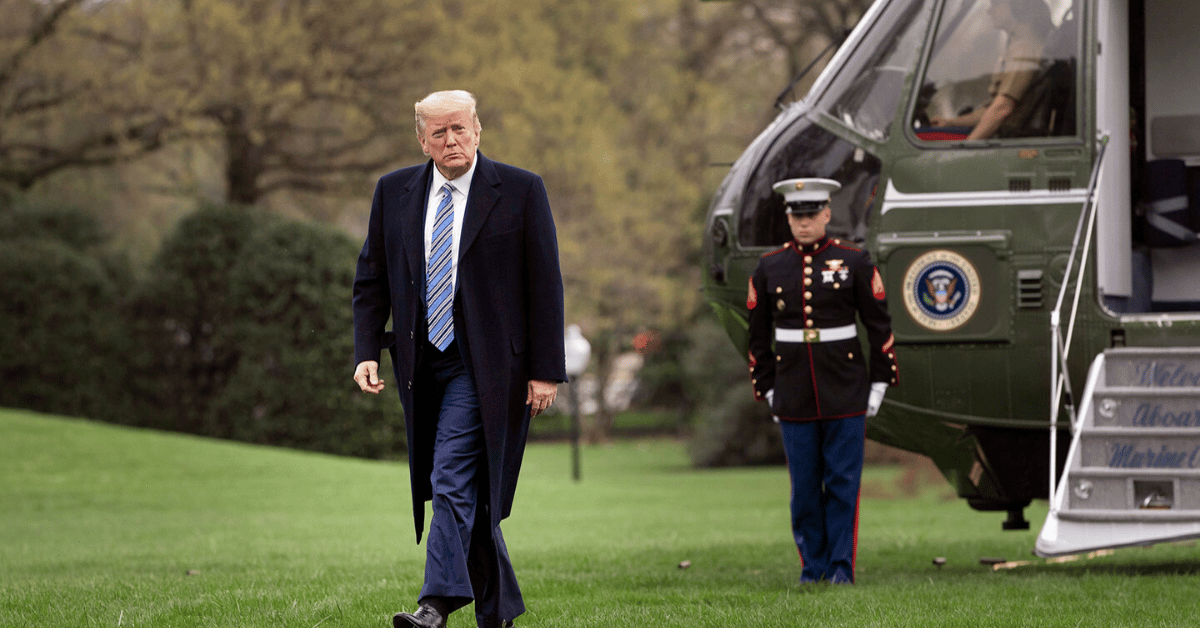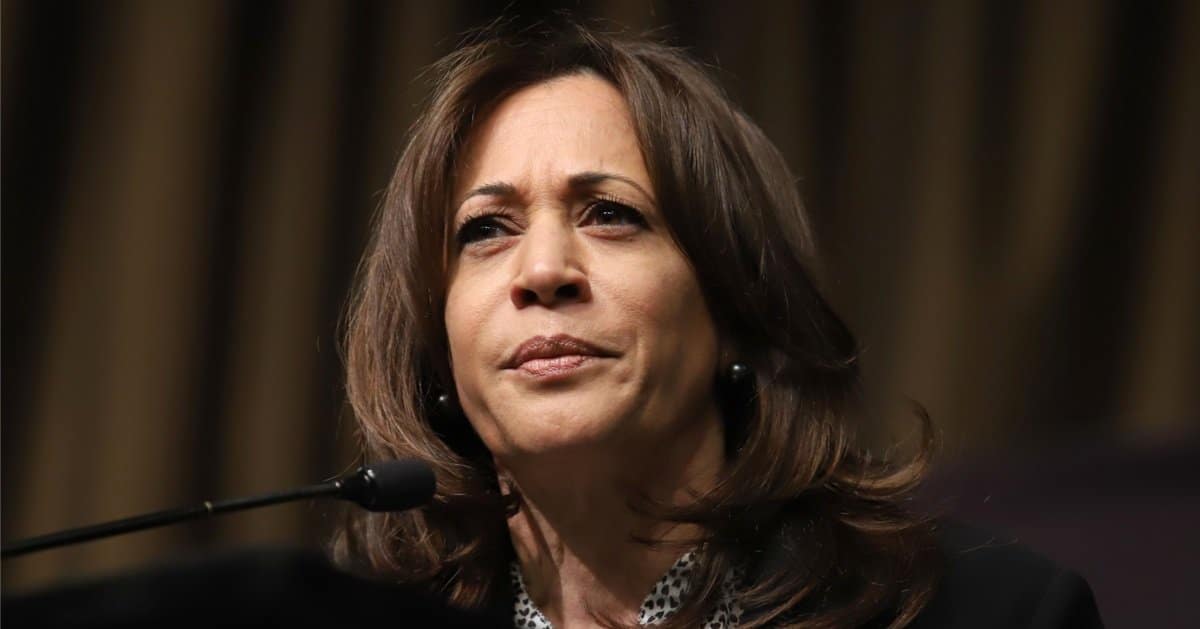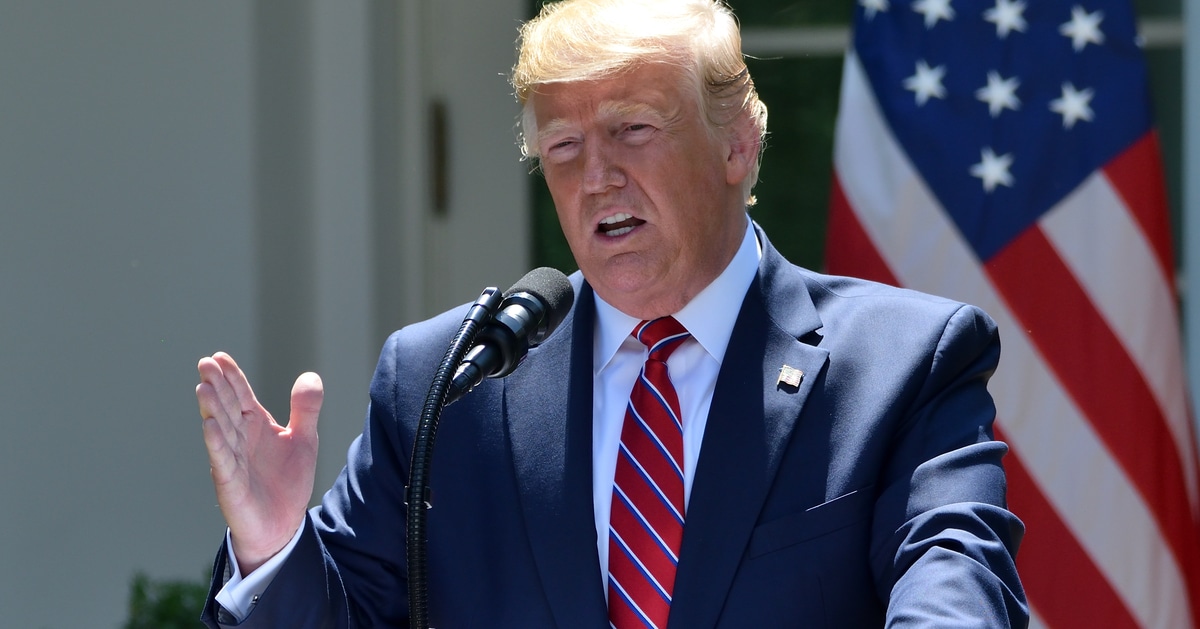




President Donald Trump’s latest executive order is set to tackle homelessness with a bold, no-nonsense approach after years of failed initiatives, according to Fox News.
Signed on Thursday, the “Ending Vagrancy and Restoring” directive aims to clear streets and guide people into treatment, not enable addiction. It’s a move that’s sure to rile up the progressive crowd.
Trump’s order, part of his “Make America Safe Again” push, allows cities and states to remove homeless individuals from public spaces and direct them to rehabilitation facilities.
The directive reallocates federal funds to prioritize treatment over permissiveness. It’s a stark contrast to the left’s hands-off stance on urban decay.
The order cites a staggering 274,224 people living on U.S. streets on a single night last year, the highest ever recorded. That number, from the Biden administration’s final days, screams for action, not more bureaucratic shrugs. Trump’s plan demands results, not endless debates.
Attorney General Pam Bondi is tasked with reversing judicial precedents that have tied cities’ hands. Consent decrees, often wielded by activist judges, have blocked efforts to clean up encampments. Trump’s order says enough is enough—cities should act without fear of legal backlash.
Bondi will work alongside Health and Human Services Secretary Robert F. Kennedy Jr., Housing and Urban Development Secretary Scott Turner, and Transportation Secretary Sean Duffy.
Their mission: prioritize federal grants for cities that crack down on urban camping and loitering. It’s a team effort to restore public spaces.
The order explicitly bans funding for drug injection sites, a darling of the progressive harm-reduction crowd. Instead, it channels money into substance-use disorder programs focused on recovery, not enabling addiction. Critics will cry “cruelty,” but enabling drug use isn’t compassion—it’s surrender.
Trump’s directive ties federal grants to strict enforcement against open drug use and urban squatting. Cities and states must also track sex offenders to secure funding. It’s a pragmatic move to protect communities from the chaos of unchecked encampments.
“We’re going to have a crime-free capital,” Trump declared in March. His vision of a safer, cleaner Washington, D.C., clashes with the left’s tolerance for disorder. But who’s served by letting cities spiral into open-air drug markets?
“When people come here, they’re not going to be mugged or shot or raped,” Trump added. The bluntness might shock the woke, but it resonates with Americans tired of dodging needles and tents on their daily commute. Safety isn’t a privilege—it’s a right.
Homelessness surged 18% from 2023 to 2024, per the Housing and Urban Development’s annual report. That’s not progress—it’s a policy failure. Trump’s order aims to reverse this trend with treatment, not temporary Band-Aids.
The National Park Service’s 2023 clearance of a homeless encampment at McPherson Square, just blocks from the White House, exposed the crisis’s proximity to power. Yet, under prior leadership, such actions were rare. Trump’s order signals a shift toward decisive action.
Federal funds will now flow to programs that prioritize rehabilitation over enabling destructive behaviors. The left may clutch their pearls, but coddling addiction hasn’t worked. It’s time to try something that might.
Trump’s approach isn’t without controversy—expect pushback from those who see street encampments as a lifestyle choice.
But the order’s focus on treatment over tolerance challenges the narrative that compassion means inaction. It’s a gamble that could redefine urban policy.
Cities now have a green light to act, backed by federal dollars that reward responsibility. The directive’s emphasis on tracking sex offenders and curbing drug use shows a clear-eyed focus on public safety. Progressives may scoff, but communities deserve better than open-air chaos.



